Gardening with Children
The sight of sky and of things growing seem human needs, common to all.
Octavia Hill's statement was the inspiration behind our 2024 RHS Chelsea Show Garden. A founder of the National Trust, Octavia believed that everyone should have access to nature, especially in towns and cities, and worked hard to conserve green spaces.
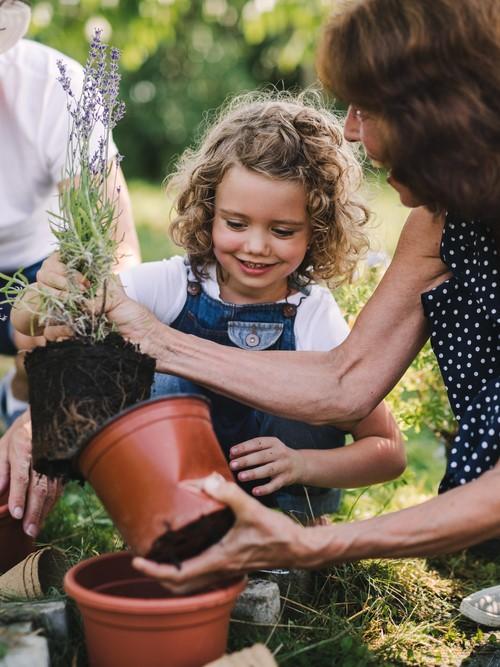
Why introducing children to gardening and nature is so beneficial
Gardening offers many benefits for children, from connecting with nature to teaching responsibility and patience. Engaging children in gardening activities not only provides them with valuable life skills but also encourages a deeper appreciation for the environment. Here's why gardening is a fantastic activity for children and some tips for getting them involved.
Educational Opportunities: Gardening is an interactive way to teach children about biology, botany, and ecology. Through hands-on experience, they learn about plant life cycles, soil composition, and the importance of sunlight and water for plant growth. These practical lessons can complement classroom learning and spark curiosity in science.
Healthy Habits: Gardening encourages physical activity and time spent outdoors, promoting a healthy lifestyle. Children can help with digging, planting, watering, and weeding, which provide opportunities for exercise and fresh air. Time spent in nature also reduces stress and anxiety while boosting mood and overall well-being.
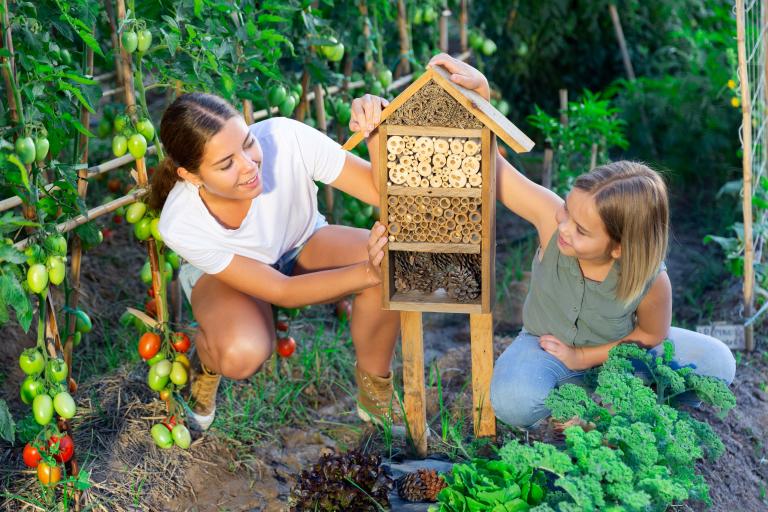
An understanding of the importance of nature and the environment
Wild bees and other pollinators need our help! Without them we wouldn't eat as they help our crops to grow. Bees and other pollinators help plants and trees make fruit and seeds by carrying pollen from one flower to another. Without pollinators there would be no new plants, and they would eventually disappear from our planet.
It is so important that we educate our children about the crucial role pollinators play in regulating the natural world around us and ways in which we can help to support and sustain them.
Plant pollinator-friendly plants in your garden, or if space is tight in a pot or window box.
- Look out for plants with open stamens which are easy for pollinators to access the pollen.
- Create a bee bath or bug hotel (see our social media reels explaining how to make one).
- Look out for nature friendly ways of dealing with pests, such as Soil Assocation approved products and companion planting.
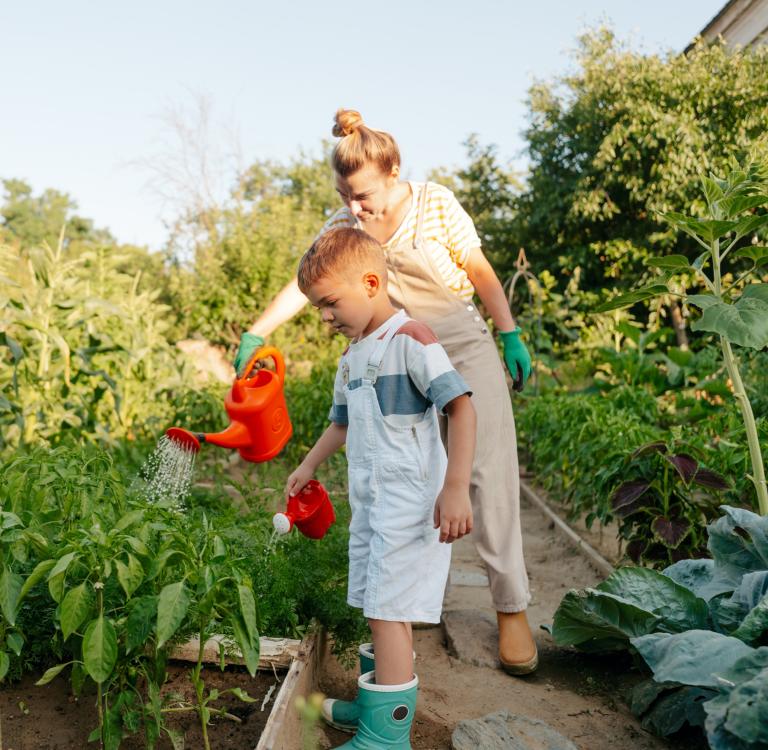
Tips for gardening with children
Start Small: Begin with simple gardening projects that match children's interests and attention spans. Planting fast-growing seeds like sunflowers or radishes allows them to see results quickly, maintaining their enthusiasm and motivation.
Create a Child-Friendly Space: Designate a dedicated area in the garden or provide containers for children to cultivate their plants. Make sure the space is accessible and safe, with child-sized tools, gloves, and watering cans.
Choose Easy-to-Grow Plants: Select plants that are resilient and low-maintenance, suitable for beginners. Flowers like marigolds, zinnias, and nasturtiums, as well as vegetables like cherry tomatoes, lettuce, and carrots, are ideal for young gardeners.
Make it Fun and Interactive: Incorporate fun activities and games to engage children in gardening. Let them decorate plant markers, create fairy gardens, or design their own vegetable patches. Encourage exploration and creativity while learning about plants and their habitats.
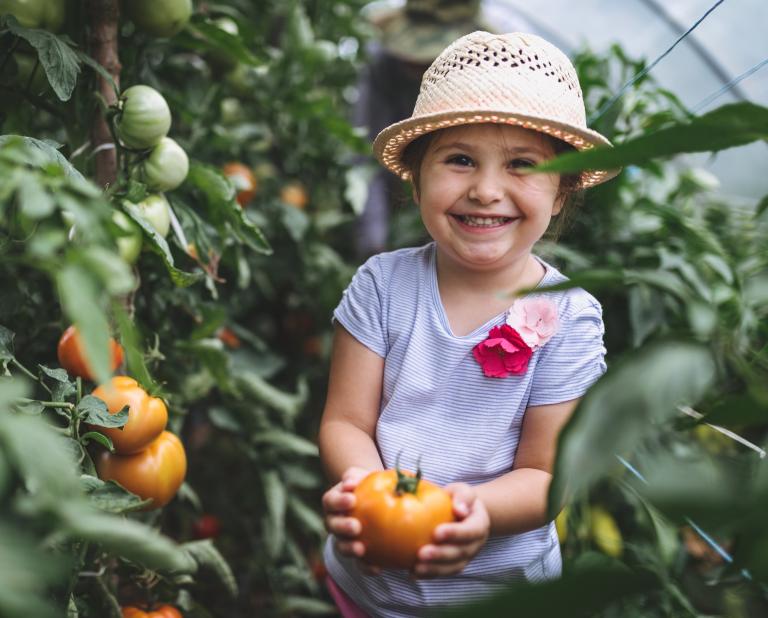
Encourage Observation and Documentation: Encourage children to observe their garden regularly and document changes over time. They can take photos, draw sketches, or keep a gardening journal to track plant growth, record observations, and reflect on their experiences.
Celebrate Achievements: Celebrate milestones and achievements in the garden, whether it's the first sprout, the first flower, or the first harvest. Praise children for their efforts and accomplishments, giving them a sense of pride and confidence in their gardening skills.
Overall, gardening provides children with valuable lessons, memorable experiences, and a deeper connection to the natural world. By nurturing plants and cultivating their curiosity, children can develop lifelong skills and appreciation for the environment. So, grab some seeds, soil, and enthusiasm, and start gardening with your little ones today!
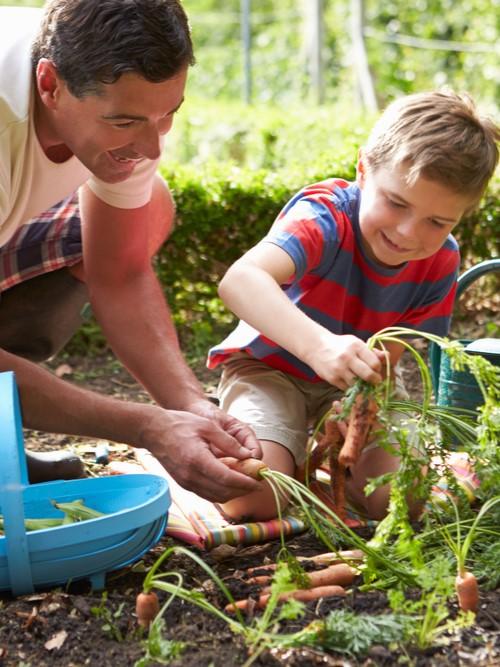
Selecting plants for a child-friendly garden
When selecting plants for a child-friendly garden you may wish to consider the following:
- Sensory experiences – scent, textures, sounds, taste, visionary displays.
- Fruit and vegetables to pick and eat.
- Seasonal interest – Evergreens, spring flowers, summer colours, autumn colour, winter interest.
- Play opportunities – space to run and jump, climb, hide and seek, use foliage for art/craft.
- Shade to provide shelter from the sun.
- Plants that encourage wildlife.
Most importantly, it is vital that the plants used are non-toxic and ones with spikes or sharp edges should be treated with caution.
Here are few suggestions:
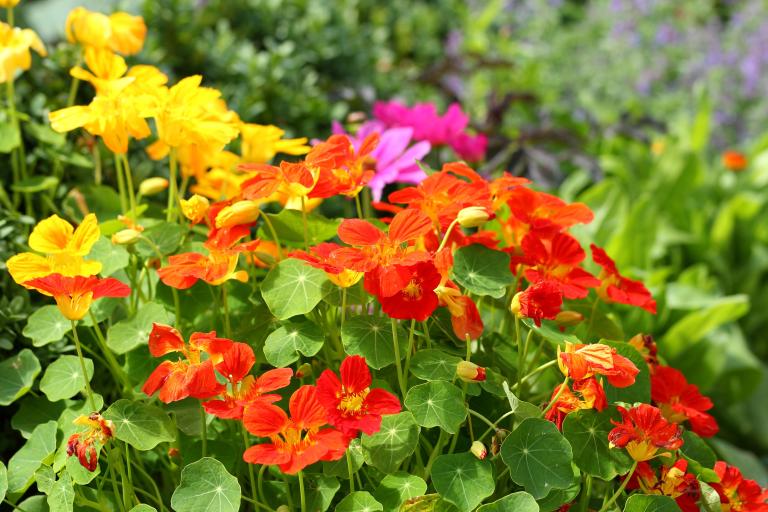
Non-toxic plants for children
- Nasturtium - Tropaeolum majus
- Sunflower - Helianthus annuus
- Daisy - Helipterum floribundum
- Marigolds - Calendula officinalis
- Snapdragons - Antirrhinum majus
- Fuchsia - Fuchsia coccinea
- Camellia - Camellia sinensis
- Begonia
- Cornflower - Centaurea cyanus
- Mint - Mentha
- Lambs Ear - Stachys byzantina
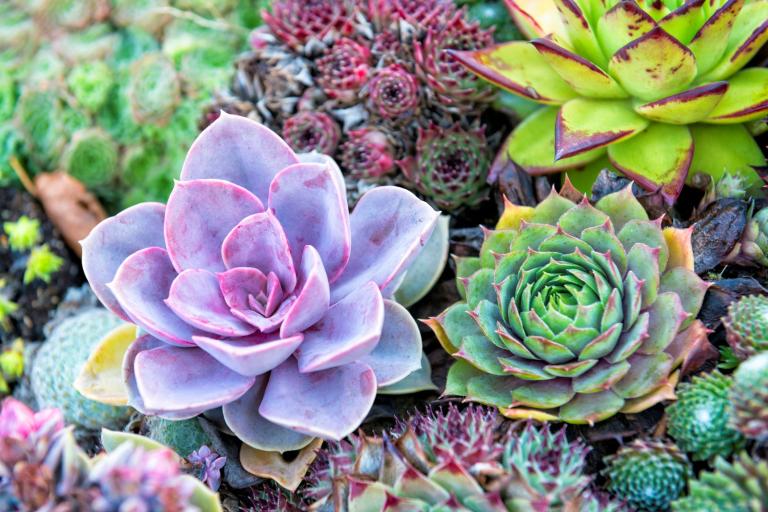
Spiky/sharp plants
Spikey plants should be avoided when gardening with children but here is a list of safer ones to choose from:
Sea holly - Eryngium maritimum
Red Star - Cordyline
Houseleek - Sempervivum
Globe Artichoke - Cynara
Thistle - Cirsium
Artichoke - Cynara cardunculus Scolymus
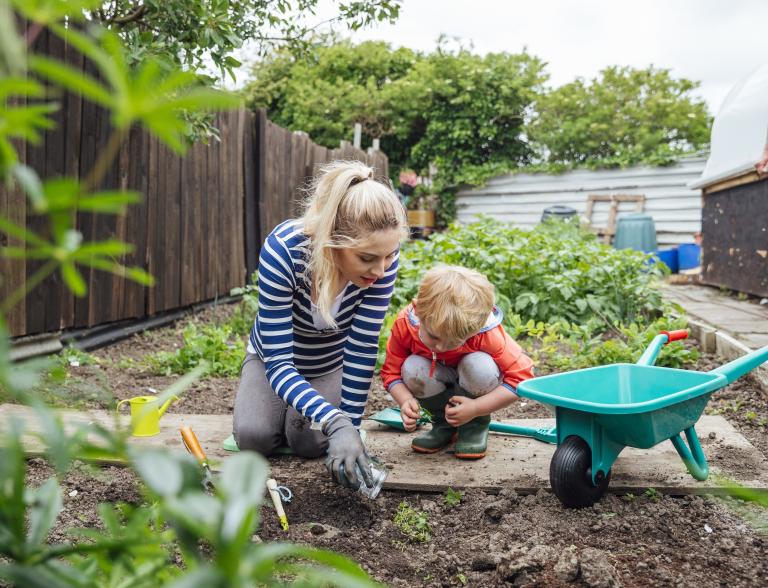
Vegetable gardens
Another way to encourage children into the garden is to involve them in creating their own vegetable patch. What better way to learn about where food comes from than growing it yourself? Easy to grow vegetables that have a short growing season are ideal for children, so that they can harvest what they planted in only a few weeks. It’s also a good idea to choose patio varieties as they don't need a lot of space and will happily grow in a small pot.
Vegetable flowers are great pollinator magnets, providing children with an opportunity to spot and observe different kinds of insects. This will also help to teach them about the importance of pollinators in the production of our food.
You could consider planting the following:
- Radishes
- Lettuces
- Beans (non climbing)
- Cucumbers
- Courgettes
- Spinach
- Carrots
- Tomatoes
- Peppers

